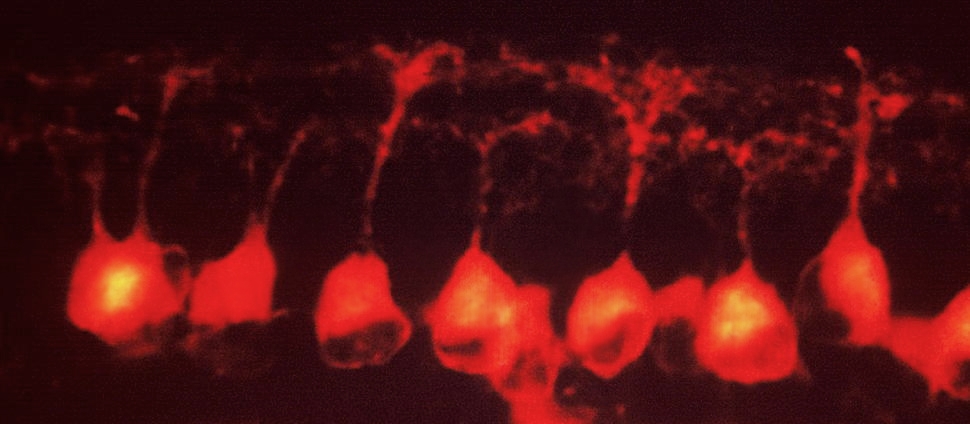Document Type
Article
Publication Date
7-18-2015
Publication Title
Attention, Perception, and Psychophysics
Abstract
The attentional prioritization hypothesis of object-based attention (Shomstein & Yantis in Perception & Psychophysics, 64, 41–51, 2002) suggests a two-stage selection process comprising an automatic spatial gradient and flexible strategic (prioritization) selection. The combined attentional priorities of these two stages of object-based selection determine the order in which participants will search the display for the presence of a target. The strategic process has often been likened to a prioritized visual search. By modifying the double-rectangle cueing paradigm (Egly, Driver, & Rafal in Journal of Experimental Psychology: General, 123, 161–177, 1994) and placing it in the context of a larger-scale visual search, we examined how the prioritization search is affected by search efficiency. By probing both targets located on the cued object and targets external to the cued object, we found that the attentional priority surrounding a selected object is strongly modulated by search mode. However, the ordering of the prioritization search is unaffected by search mode. The data also provide evidence that standard spatial visual search and object-based prioritization search may rely on distinct mechanisms. These results provide insight into the interactions between the mode of visual search and object-based selection, and help define the modulatory consequences of search efficiency for object-based attention.
Keywords
Exogenous cue, Object representation, Search Mode, Spatial cueing
Volume
77
Issue
5
First Page
1544
Last Page
1557
DOI
10.3758/s13414-015-0892-7
ISSN
19433921
Version
Author's Accepted Manuscript
Recommended Citation
Greenberg, Adam S.; Rosen, Maya; Cutrone, Elizabeth; and Behrmann, Marlene, "The Effects of Visual Search Efficiency on Object-Based Attention" (2015). Neuroscience: Faculty Publications, Smith College, Northampton, MA.
https://scholarworks.smith.edu/nsc_facpubs/150



Comments
Peer reviewed accepted manuscript.